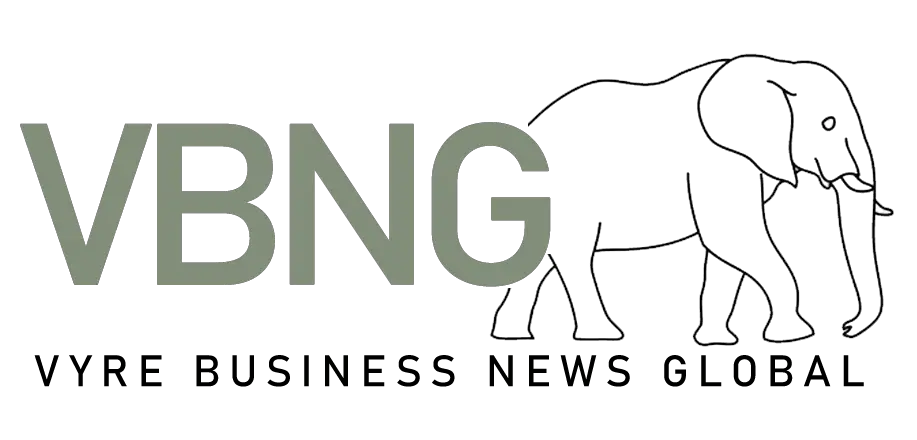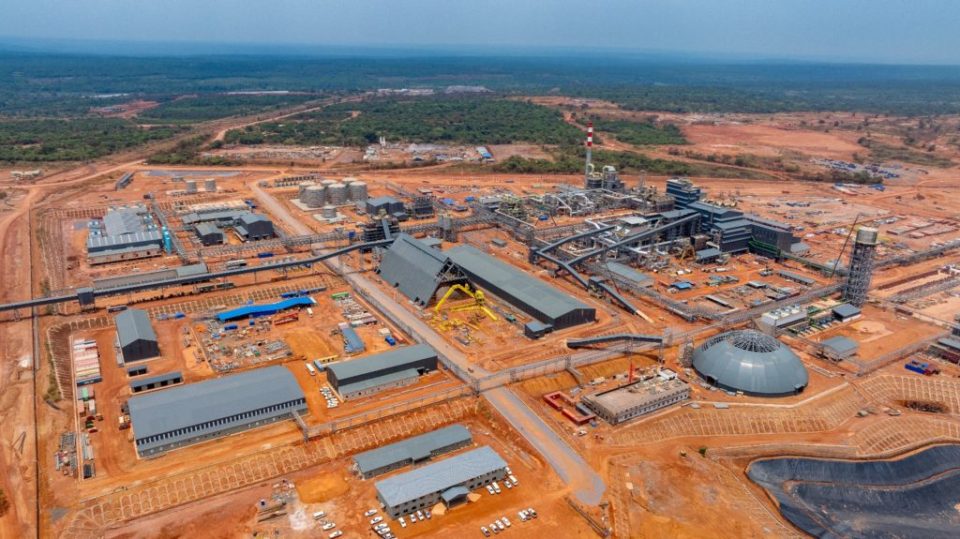Ivanhoe Mines (TSX: IVN, OTCQX: IVPAF) has pulled off a remarkable feat in the Democratic Republic of Congo (DRC), doubling the size of its Makoko-Kitoko copper discoveries in just 18 months. The company’s Western Forelands project, which sits adjacent to the world-class Kamoa-Kakula Copper Complex, is now firmly positioned as the world’s largest copper district discovered in at least the past two decades.
The Makoko District, including Makoko, Makoko West, and Kitoko, now boasts Indicated Mineral Resources of 27.7 million tonnes at a grade of 2.79% copper. There is also a massive 493.7 million tonnes of Inferred Resources grading 1.70% copper, all calculated using a 1% copper cut-off. To put those numbers in perspective, the Makoko District alone ranks as the highest-grade and fifth-largest new copper discovery of the past decade.
Since the maiden resource announcement in November 2023, Ivanhoe has drilled more than 86,000 metres in the Western Forelands, expanding the Makoko District’s strike length by 2 kilometres to 13 kilometres. The total contained copper in the district has roughly doubled, and mineralization remains open in several directions, suggesting even more growth to come.
Across the broader Western Forelands shelf, Ivanhoe has now delineated 38.9 million tonnes of contained copper in Measured and Indicated Resources, plus another 13.6 million tonnes in Inferred Resources, all at a 1% cut-off. These numbers include the Kamoa and Kakula deposits, which have already established the region as a copper heavyweight.
What sets Western Forelands apart is not just the sheer scale, but also the efficiency. Ivanhoe’s exploration costs in the region have been less than $0.01 per pound of copper, a figure that’s hard to beat anywhere in the mining world.
Ivanhoe’s 2025 exploration budget for Western Forelands is $50 million, making it the company’s largest-ever program in the area. By the end of April, about $7 million had already been spent, with 19,000 metres drilled so far this year. As the wet season ends, the company plans to ramp up to 11 drill rigs, with the majority of the 102,000 metres of diamond drilling and 18,000 metres of reverse circulation drilling scheduled for the dry season.
Thanks to infrastructure built for Kamoa-Kakula-including power, roads, and rail-Ivanhoe can develop new mines in the Western Forelands with capital intensity as low as $7,000 per tonne of copper. This is a fraction of the cost seen in other major copper regions, such as the Andes, where capital intensity can top $30,000 per tonne.
Copper demand is surging worldwide, driven by electrification, renewable energy, and the ongoing shift to electric vehicles. Yet, new high-quality copper discoveries are rare. Ivanhoe’s success in the DRC stands out against a backdrop of declining copper grades and rising costs elsewhere.
Robert Friedland, Ivanhoe’s founder and executive co-chairman, emphasizes that the Western Forelands is “the world’s richest copper basin.” He points out that the DRC, already the world’s second-largest copper producer, offers unmatched potential for new, high-return copper mines. The region’s flat terrain, lack of harsh weather, and direct rail access to the ocean all help keep costs down and project timelines on track.
With the Makoko District still open for expansion and a massive drill program underway, Ivanhoe expects to update its Mineral Resource estimate again in the second quarter of 2026. The company’s track record suggests that Inferred Resources will continue to convert to higher-confidence categories as drilling density increases. The Company is proving that major copper discoveries are still possible, and that the Western Forelands could play a pivotal role in meeting the world’s growing copper needs for decades to come.

